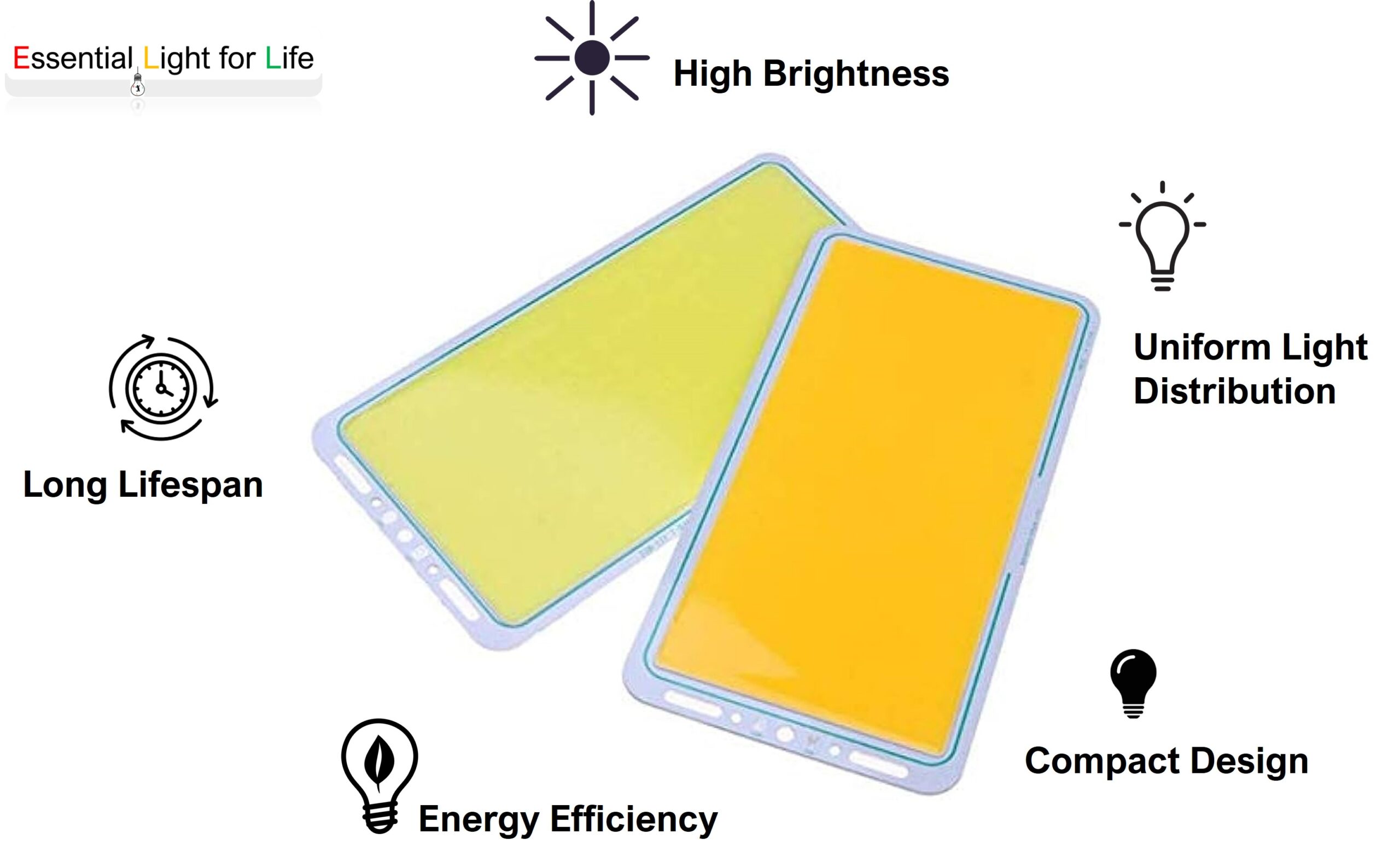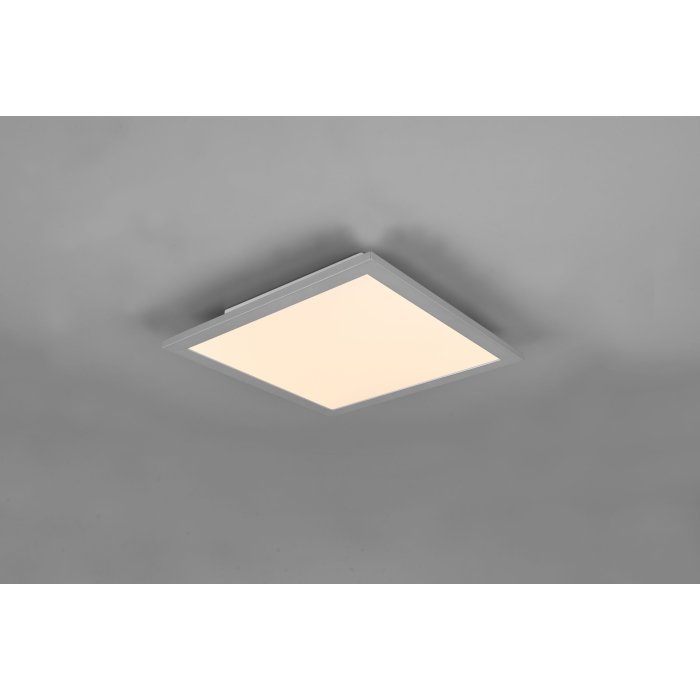Introduction
LED lamps have revolutionized the lighting industry, offering a blend of efficiency, durability, and versatility. From desk lamps to chandeliers, LED technology has become the go-to choice for both residential and commercial lighting solutions. In this article, we’ll delve into the world of LED lamps, exploring their benefits, types, and applications.
What is the difference between LED lamp and normal lamp?
Why are LED lamps better than filament lamps?
LED Lamps vs Traditional Lighting: Pros and Cons Explained
Energy Efficiency of LED Lamps and Its Environmental Impact
How to choose the Right LED Lamp for Your Home or Office?
Are LED lamps good for plants?
Best Wattage and Color LED Lamps for different rooms
What is the difference between LED lamp and normal lamp?
| LED Lamp | Normal Lamp (Incandescent or CFL) |
| Uses semiconductor technology.Highly energy-efficient (up to 80% less energy).Long lifespan (up to 25,000+ hours).Emits very little heat.Comes in various bulb types and sizes.Offers a range of color temperatures.Many are dimmable for brightness control.Eco-friendly with no hazardous materials. | Incandescents heat a filament for light.Less energy-efficient (significant heat emission).Shorter lifespan (around 1,000 hours for incandescents).Emits a significant amount of heat.Limited bulb types and sizes.Less color temperature options.Some are dimmable, but not all.May contain hazardous materials like mercury. |
LED Lamp vs LED Bulb
| LED Lamp | LED Bulb |
| A complete lighting unit, often with a fixture. Contains an integrated LED light source. Can include additional features like a shade or cover. | The replaceable part of a lamp. Contains the LED light source. Requires a fixture or lamp to function. |
Why are led lamps better than filament lamps?
LED lamps are superior to filament lamps (incandescent bulbs) for several reasons:
- Energy Efficiency: LED lamps use significantly less energy to produce the same amount of light as filament lamps. They are highly efficient, converting more electrical energy into light rather than heat.
- Longevity: LED lamps have a much longer lifespan compared to filament lamps. They can last up to 25 times longer, reducing the need for frequent replacements.
- Durability: LED lamps are more robust and can withstand vibrations, shocks, and extreme temperatures better than fragile filament lamps.
- Brightness Options: LED lamps come in various brightness levels and color temperatures, providing more flexibility in choosing the right lighting for specific needs and preferences.
- Instant Lighting: LED lamps reach full brightness instantly when switched on, while filament lamps require some warm-up time.
- Cooler Operation: LED lamps emit very little heat, making them safer to touch and reducing the risk of fires or burns.
- Environmentally Friendly: LED lamps do not contain hazardous materials like mercury, which is present in compact fluorescent lamps (CFLs). Additionally, they are fully recyclable.
- Reduced Carbon Footprint: Due to their energy efficiency, LED lamps help lower carbon emissions, contributing to a more sustainable and eco-friendly environment.
- Dimmability: Many LED lamps are dimmable, allowing users to adjust the brightness level according to their preference and mood.
- Smart Lighting Integration: LED technology easily integrates with smart lighting systems, offering advanced control and automation features.
Is LED lamp better for eyes?
Yes, LED lamps are generally considered better for eyes compared to traditional incandescent bulbs. They produce less glare, reduce flicker, and provide more natural and evenly distributed light, which can help reduce eye strain and fatigue. Additionally, LED lamps offer the option to choose color temperatures that are easier on the eyes.
LED Lamps vs Traditional Lighting: Pros and Cons Explained
Advantages of LED Lamps Over Traditional Lighting:
- Energy Efficiency: LED lamps are highly energy-efficient, using significantly less electricity compared to traditional incandescent bulbs. This leads to lower energy bills.
- Long Lifespan: LED lamps have a much longer lifespan than traditional bulbs. They can last up to 25 times longer, reducing the frequency of replacements.
- Durability: LEDs are solid-state lights, making them more robust and resistant to shock, vibration, and external impacts compared to fragile incandescent bulbs.
- Instant Light: LED lamps reach full brightness instantly, whereas some traditional bulbs may take a few seconds to achieve full illumination.
- Color Range: LEDs come in a wide range of colors and color temperatures, providing more options for different lighting needs and preferences.
- Directional Lighting: LEDs emit light in a specific direction, reducing the need for reflectors and diffusers to redirect the light. This makes them more efficient for certain applications.
- Cooler Operation: LED lamps emit very little heat in comparison to incandescent bulbs, which can become very hot. This can be a safety advantage, especially in enclosed spaces.
- Dimmability: Many LED lamps are compatible with dimmer switches, offering control over the intensity of light, which can enhance ambiance and save additional energy.
Disadvantages of LED Lamps Over Traditional Lighting:
- Higher Initial Cost: LED lamps can have a higher upfront cost compared to traditional bulbs, although this is usually offset by energy savings and longer lifespan over time.
- Sensitivity to Temperature: Extremely high or low temperatures can affect the performance of LED lamps. Specialized models may be required for extreme environments.
- Spectrum Limitations: Some LEDs may have limitations in replicating the full spectrum of light produced by natural sunlight, which can affect color rendering.
- Compatibility Issues: Some LED lamps may not be compatible with certain dimmer switches or electronic controls, which can lead to flickering or reduced lifespan.
- Complex Recycling: LEDs contain small amounts of hazardous materials, making their disposal more complex than traditional bulbs. Proper recycling is essential.
- Potential for Blue Light Hazard: While not a significant issue with modern LEDs, there is some concern over excessive exposure to blue light from certain types of LEDs.
Overall, the advantages of LED lamps in terms of energy efficiency, durability, and long-term cost savings make them a preferred choice for many applications, despite some initial investment.
Energy Efficiency of LED Lamps and Its Environmental Impact
- Energy Efficiency of LED Lamps:
LED lamps are highly energy-efficient as they convert a larger percentage of electrical energy into light, rather than heat. This means they consume significantly less electricity compared to traditional incandescent bulbs, which release a large portion of energy as heat. This efficiency not only translates to lower electricity bills but also reduces the demand on power grids.
- Environmental Impact:
The energy efficiency of LED lamps has a positive environmental impact. They lower carbon emissions because they require less electricity to produce the same amount of light. This reduction in energy consumption helps combat climate change and reduces the need for fossil fuel-based power generation. Additionally, LED lamps have a longer lifespan, which means fewer resources are used in their production and disposal, further minimizing their environmental footprint.
LED lamps are widely used for several compelling reasons
- Energy Efficiency: LED lamps are highly energy-efficient, using significantly less electricity compared to traditional incandescent bulbs. This results in lower energy bills and reduced environmental impact.
- Long Lifespan: LED lamps have an impressively long operational life, often lasting tens of thousands of hours. This means they require less frequent replacement, reducing maintenance efforts and costs.
- Brightness and Color Range: LED lamps offer a wide range of brightness levels and color temperatures, allowing for customized lighting solutions to suit various environments and preferences.
- Durability: LEDs are solid-state lights, meaning they are more robust and less prone to damage from vibrations or impacts compared to fragile incandescent bulbs.
- Instant Lighting: Unlike some other energy-saving bulbs, LEDs provide instant full brightness when switched on, without any warm-up time.
- Environmental Benefits: LED lamps are eco-friendly. They consume less energy, reducing carbon emissions, and they do not contain hazardous materials like mercury, commonly found in fluorescent bulbs.
- Dimmability: Many LED lamps are compatible with dimmer switches, allowing users to adjust the brightness levels to create specific atmospheres or save even more energy.
- Directional Lighting: LEDs emit light in specific directions, making them ideal for applications like task lighting, where focused illumination is necessary.
- Safety: LED lamps operate at lower temperatures, significantly reducing the risk of burns or fires compared to incandescent bulbs.
- Versatility: LEDs come in various shapes and sizes, allowing for diverse applications, from decorative lighting to industrial and commercial uses.
Due to these benefits, LED lamps have become the preferred choice for a wide range of applications, from residential lighting to commercial and industrial settings.
What is LED table lamp?
An LED table lamp is a lighting fixture that incorporates light-emitting diodes (LEDs) as its light source. These lamps are designed specifically for tabletop use and are often used for tasks such as reading, studying, or providing ambient lighting in various settings.
How to choose the Right LED Lamp for Your Home or Office?
Choosing the right LED lighting for your home or LED lighting for office involves considering several key factors.
- Brightness (Lumens): Determine the level of brightness you need. For task lighting, higher lumens are required, while ambient lighting may need fewer.
- Color Temperature: Consider the color temperature of the LED. Warmer temperatures (around 2700-3000K) create a cozy ambiance, while cooler temperatures (5000K and above) mimic daylight for better task lighting.
- Bulb Shape and Size: Ensure the lamp fits well in your chosen location. Different styles like A19, BR30, and GU10 bulbs cater to various fixtures.
- Dimmability: If you want the option to adjust the light intensity, make sure the lamp is compatible with dimmer switches.
- CRI (Color Rendering Index): This measures how accurately a light source renders colors. For accurate color representation, look for a high CRI (above 80).
- Energy Efficiency: Opt for lamps with high lumens per watt (efficacy) for maximum energy savings.
- Beam Angle: This is important for task lighting. Narrow beams (around 15-30 degrees) are suitable for spot lighting, while wider beams (around 60-120 degrees) are ideal for flood lighting.
- Smart Capabilities: If you’re looking for integration with a smart home system, consider lamps with smart features like dimming, color changing, or compatibility with voice assistants.
- Quality and Brand: Stick with reputable brands known for producing high-quality LED lamps.
- Environmental Impact: Consider eco-friendly options, such as lamps with reduced packaging or those made from sustainable materials.
Smart LED Lamps: Integrating Lighting with Home Automation
Smart LED lamps are cutting-edge lighting solutions that seamlessly integrate with home automation systems. These lamps have built-in smart technology that allows them to be controlled remotely through a smartphone app or voice commands via a smart speaker or virtual assistant like Amazon Alexa or Google Assistant.
Key features of smart LED lamps include:
- Remote Control: You can turn the lamp on or off, adjust brightness levels, and even change colors without needing to physically touch a switch.
- Customizable Lighting Scenes: Smart LED lamps often allow you to set specific lighting scenes for different moods or activities, such as “reading,” “relaxing,” or “entertaining.”
- Scheduling and Automation: You can schedule the lamp to turn on or off at specific times, helping to save energy. For instance, you can program the lamp to simulate your presence at home even when you’re away on vacation.
- Voice Control: Through integration with virtual assistants, you can control the lamp using voice commands. For example, you can say, “Alexa, turn on the living room lamp.”
- Energy Monitoring: Some smart lamps provide insights into energy usage, helping you identify opportunities for further energy conservation.
- Integration with Other Smart Devices: Smart LED lamps can be part of a broader smart home ecosystem, allowing them to work in tandem with other devices like smart thermostats, security systems, and more.
- Remote Access: Whether you’re at home or miles away, you can manage your lighting settings via a smartphone app, giving you full control over your home’s lighting.
- Smart Compatibility: They’re designed to work with popular smart home platforms like Apple HomeKit, Google Home, and Amazon Alexa.
By integrating smart LED lamps into your home, you not only gain convenience and customization options, but you also enhance the overall efficiency and effectiveness of your lighting system.
Are LED lamps good for plants?
Yes, LED lamps can be excellent for plants, especially when designed for horticultural or plant-growing purposes. These specialized LED grow lights provide specific wavelengths of light that cater to the photosynthetic needs of plants.
Key points to consider:
- Spectral Specificity: LED grow lights can be tailored to emit specific wavelengths of light, such as blue and red, which are crucial for photosynthesis.
- Energy Efficiency: LED grow lights are highly energy-efficient, converting a large portion of the energy they use into the targeted wavelengths of light that plants need.
- Reduced Heat Output: Unlike traditional high-intensity discharge lamps, LED grow lights emit very little heat. This means they can be placed closer to plants without risking heat damage.
- Customizable Light Spectrum: Some LED grow lights allow you to adjust the color spectrum to cater to different stages of plant growth, from seedlings to flowering.
- Long Lifespan: LED grow lights have a longer lifespan compared to traditional grow lights, reducing the need for frequent replacements.
- Reduced Risk of Burning Plants: Because they emit less heat, LED grow lights are less likely to burn the leaves of plants if placed too close.
- Compact and Lightweight: LED grow lights are typically more compact and lightweight compared to other types of grow lights, making them easier to install and maneuver.
- Optimal for Indoor Gardening: LED grow lights are ideal for indoor gardening, where natural sunlight may be limited or unavailable.
However, it’s crucial to choose LED grow lights designed specifically for plant growth, as regular LED bulbs for general lighting purposes may not emit the necessary spectrum of light for optimal plant growth. When used correctly, LED grow lights can support healthy and robust plant growth, making them a popular choice for indoor gardening enthusiasts and professional horticulturists.
Best Wattage and Color LED Lamps for different rooms:
- Best Wattage and Color LED Lamps for Room: For a standard-sized room, 10-15 watts LED lamps in warm white (2700-3000K) or neutral white (3500-4500K) provide a cozy and inviting ambiance.
- Best Wattage and Color LED Lamps for Hall: Halls often require brighter illumination. Opt for 15-20 watts LED lamps in neutral white (3500-4500K) or cool white (5000-6500K) to ensure ample visibility.
- Best Wattage and Color LED Lamps for Bedroom: Bedrooms benefit from softer lighting for relaxation. 7-10 watts LED lamps in warm white (2700-3000K) or even dimmable options create a soothing atmosphere.
- Best Wattage and Color LED Lamp for Study Room: Study rooms need focused lighting. 10-15 watts LED lamps in cool white (5000-6500K) with adjustable brightness settings offer optimal conditions for reading and working.
- Best Wattage and Color LED Lamps for Kitchen: Kitchens require bright and functional lighting. 15-20 watts LED lamps in neutral white (3500-4500K) or even daylight white (5000-6500K) ensure good visibility while cooking.
- Best Wattage and Color LED Lamps for Dining Room: Dining rooms benefit from warm, inviting lighting. 10-15 watts LED lamps in warm white (2700-3000K) or even dimmable options set a cozy mood for meals.
- Best Wattage and Color LED Lamp Ceiling: Ceiling lights should be bright and evenly distributed. Depending on room size, 30-50 watts LED lamps in neutral white (3500-4500K) or cool white (5000-6500K) can be suitable.
- Best Wattage and Color LED Lamp for Study: A study lamp should provide ample illumination for reading and working. 10-15 watts LED lamps with adjustable brightness and color temperature settings offer versatility.




